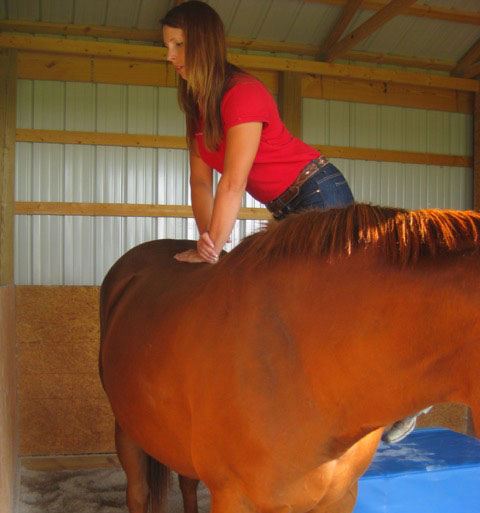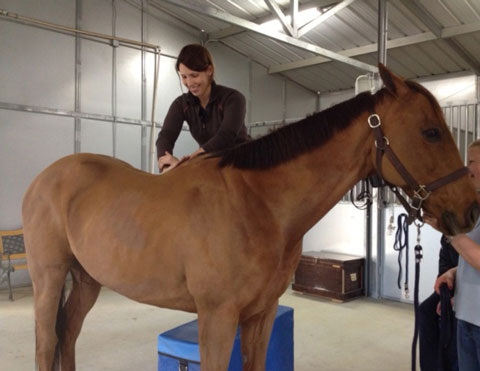Equine Chiropractic Services
Every move a horse makes, whether under saddle or grazing in a field, requires precise synchronization of muscles to accomplish. If the function of the nerve fibers that innervate those muscles is altered by a subluxation, coordination deteriorates. Small disturbances in neural function may only create mild effects in muscular coordination and movement. However, it can keep the horse from performing to the best of its abilities and lead to compensatory injuries. When a horse has a VSC anywhere in its spine, it will alter its posture and movement to compensate for the restricted mobility and pain. These changes trigger increased mechanical strain on other parts of the spine and extremities, which can lead to more subluxations and secondary soft tissue and joint injuries. While the change in biomechanics is the most noticeable, these subluxations can also affect the systemic health of the horse’s organs, skin, etc. As athletes that are asked to perform to the best of their abilities, subluxations, whether small or large, can make a big difference to a horse’s potential and overall well-being. By removing these disturbances through chiropractic adjustments, the correct neural flow and mechanical motion can be restored to help each horse maintain optimum health and performance.


